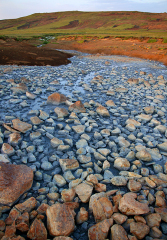Dec 21 2010
Become an Aluminum Scrooge for the World’s Rivers
Lori Pottinger
Huffington Post
21 December 2010
Please, ma’am, just put down the aluminum foil and no one gets hurt.
It’s a little known fact that this simple kitchen product has a Dickensian dark side. So as you serve your guests canned beverages, “tent” your turkey, cover the yams, or wrap leftovers at the end of the party, keep in mind that the aluminum products you’re using have their roots in a dirty industry — one that frankly deserves a lump of coal in its stocking for how it’s mistreating the planet.
The aluminum industry is the world’s largest industrial consumer of electricity, and about half of what it uses comes from hydropower dams. Aluminum companies troll the world looking for big dam projects that can power new smelters, often targeting rivers in ecologically sensitive areas in developing countries, and frequently in places where basic needs for the population’s energy are not being met. Read More
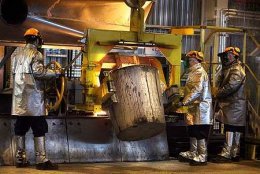
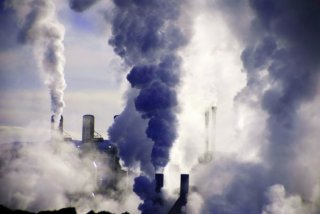
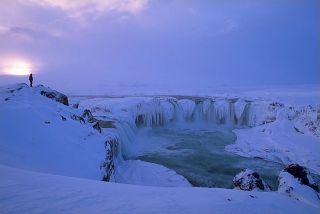
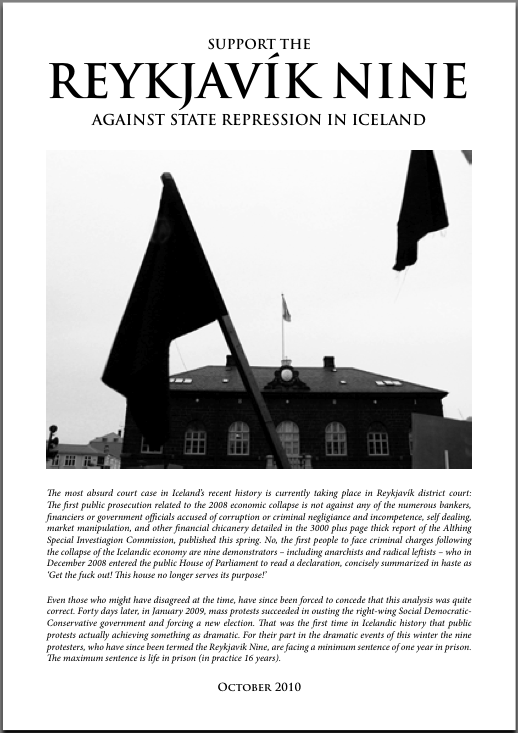
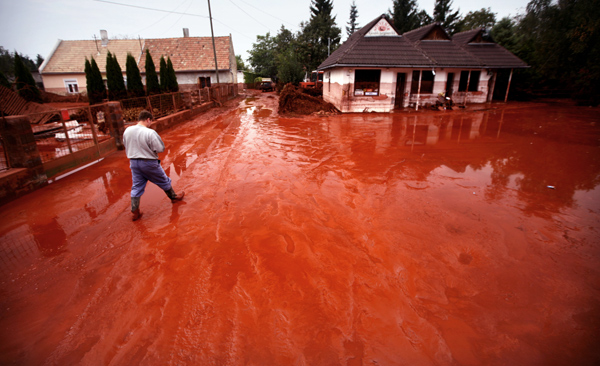 The disastrous chemical accident has been declared Hungary’s largest and most dangerous environmental catastrophe, exceeding by far the 130000 cubic meters of cyanide-tainted water that spilled in 2000 in Baia Mare, Romania. Ten years later, traces of cyanide are still found in the area. It is worth noting that this cyanide was in a liquid form, therefore very quickly carried aways by the river whereas the thick red mud will sit there for years, sipping into the ground and reaching ground waters.
The disastrous chemical accident has been declared Hungary’s largest and most dangerous environmental catastrophe, exceeding by far the 130000 cubic meters of cyanide-tainted water that spilled in 2000 in Baia Mare, Romania. Ten years later, traces of cyanide are still found in the area. It is worth noting that this cyanide was in a liquid form, therefore very quickly carried aways by the river whereas the thick red mud will sit there for years, sipping into the ground and reaching ground waters.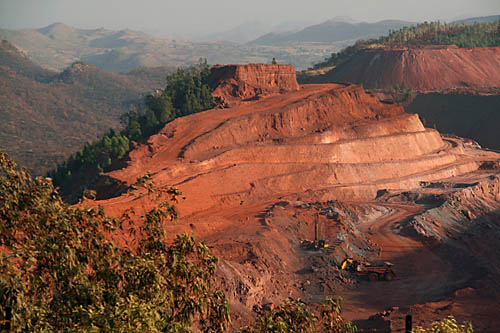 By Samarendra Das & Felix Padel
By Samarendra Das & Felix Padel